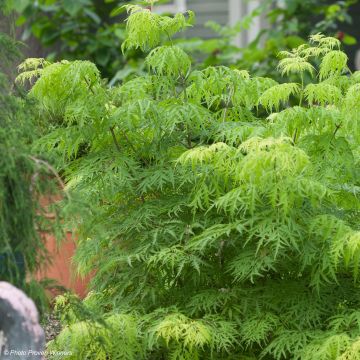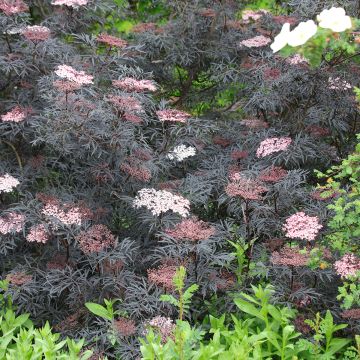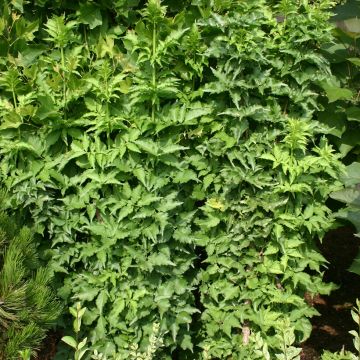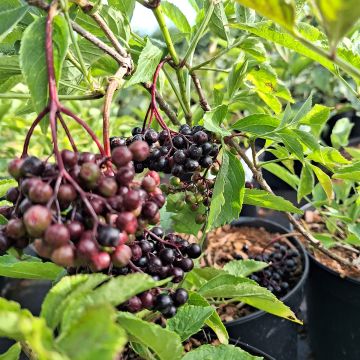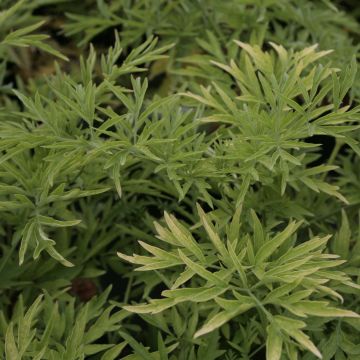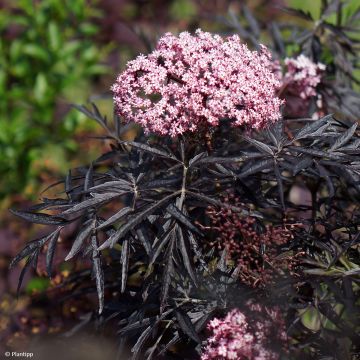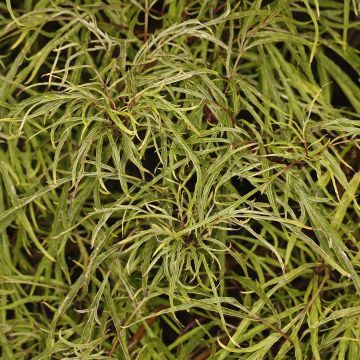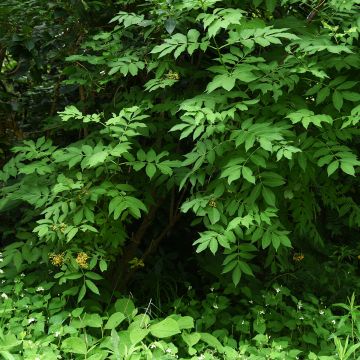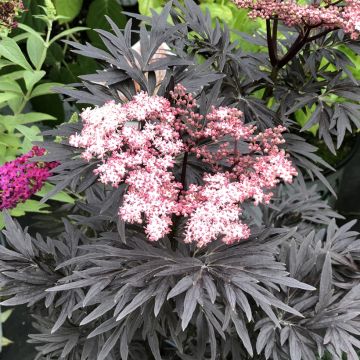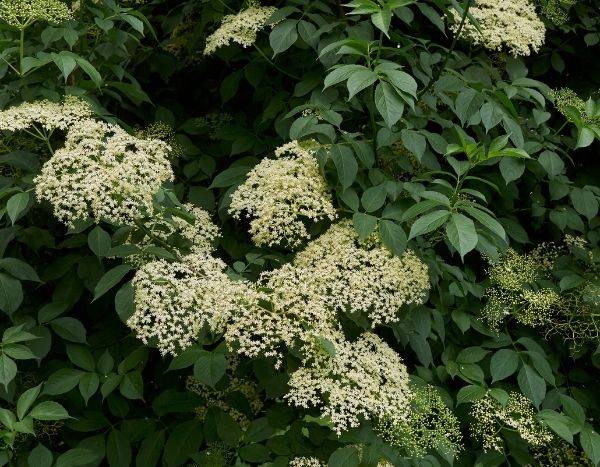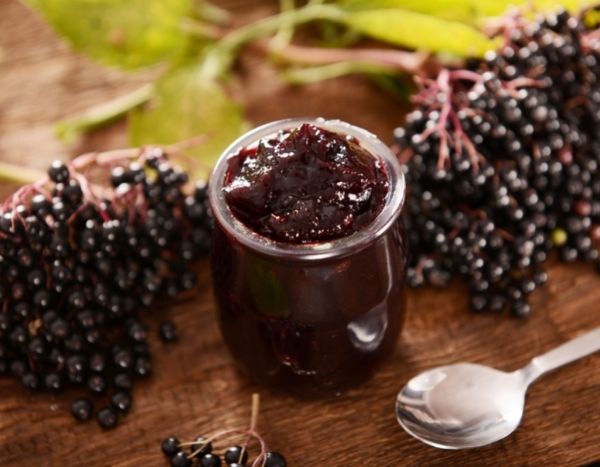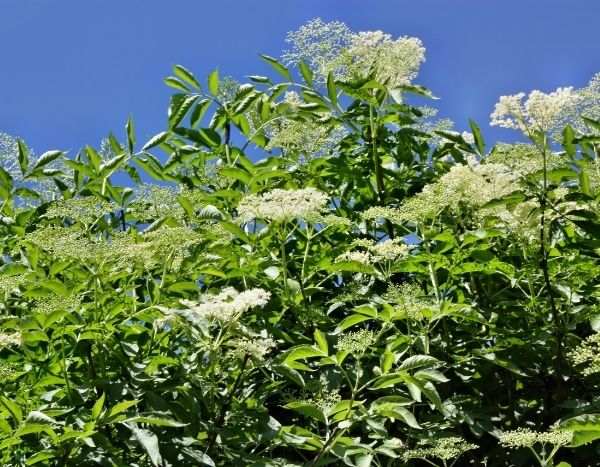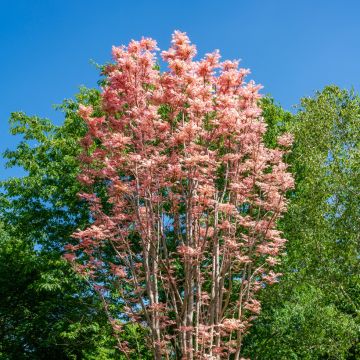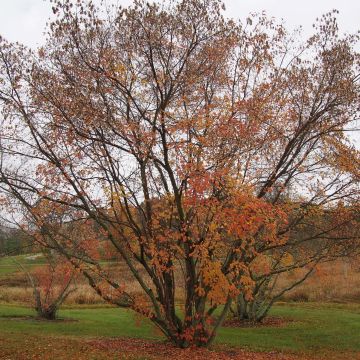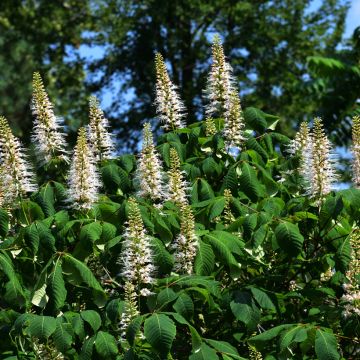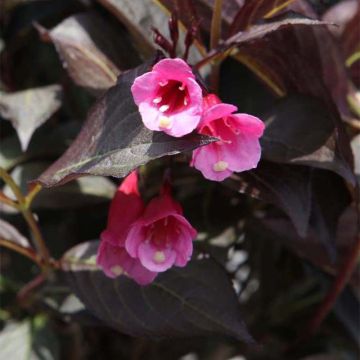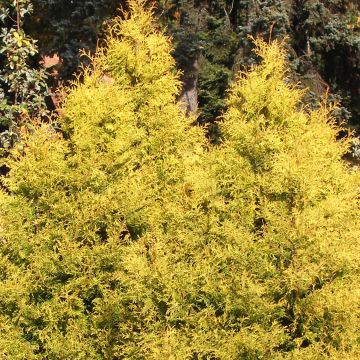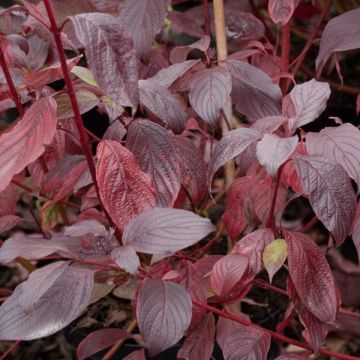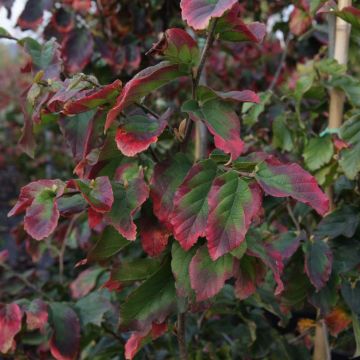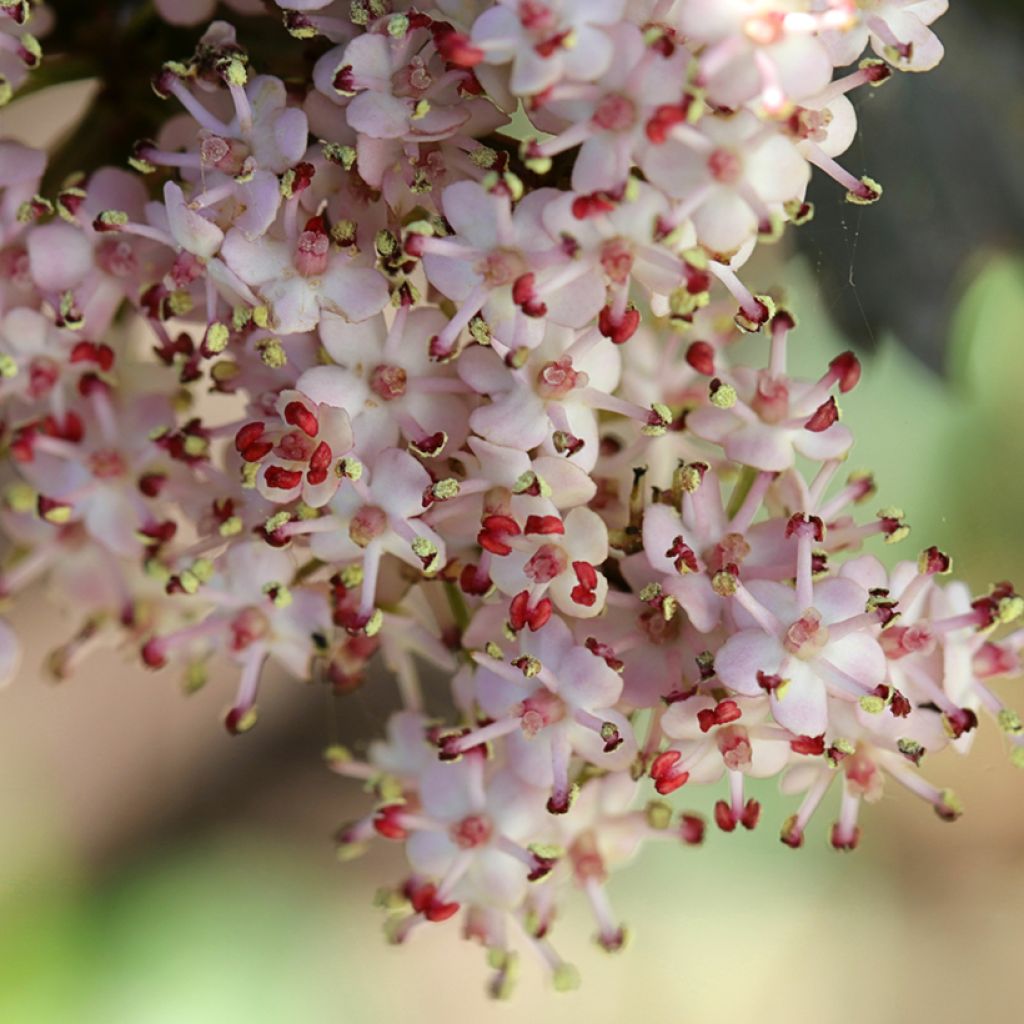

Sambucus nigra Black Tower - Black Elder
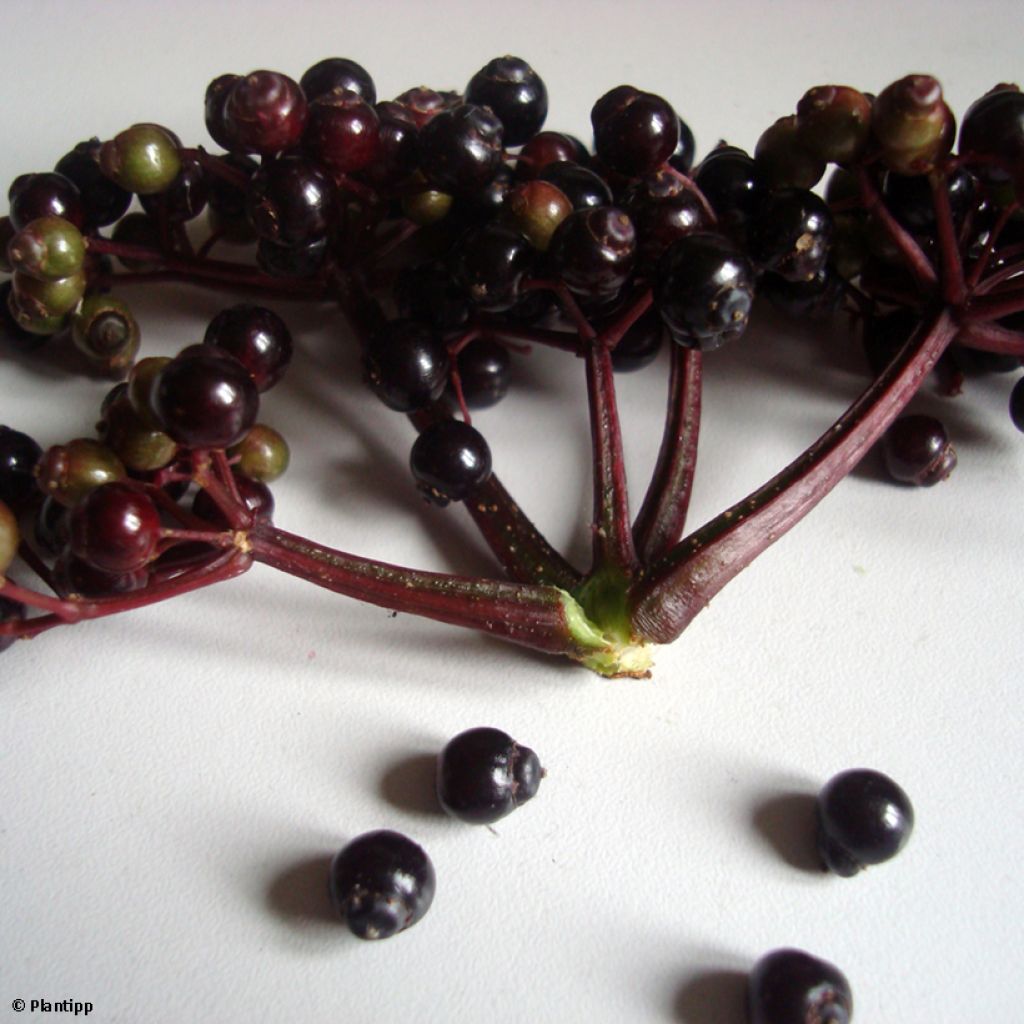

Sambucus nigra Black Tower - Black Elder
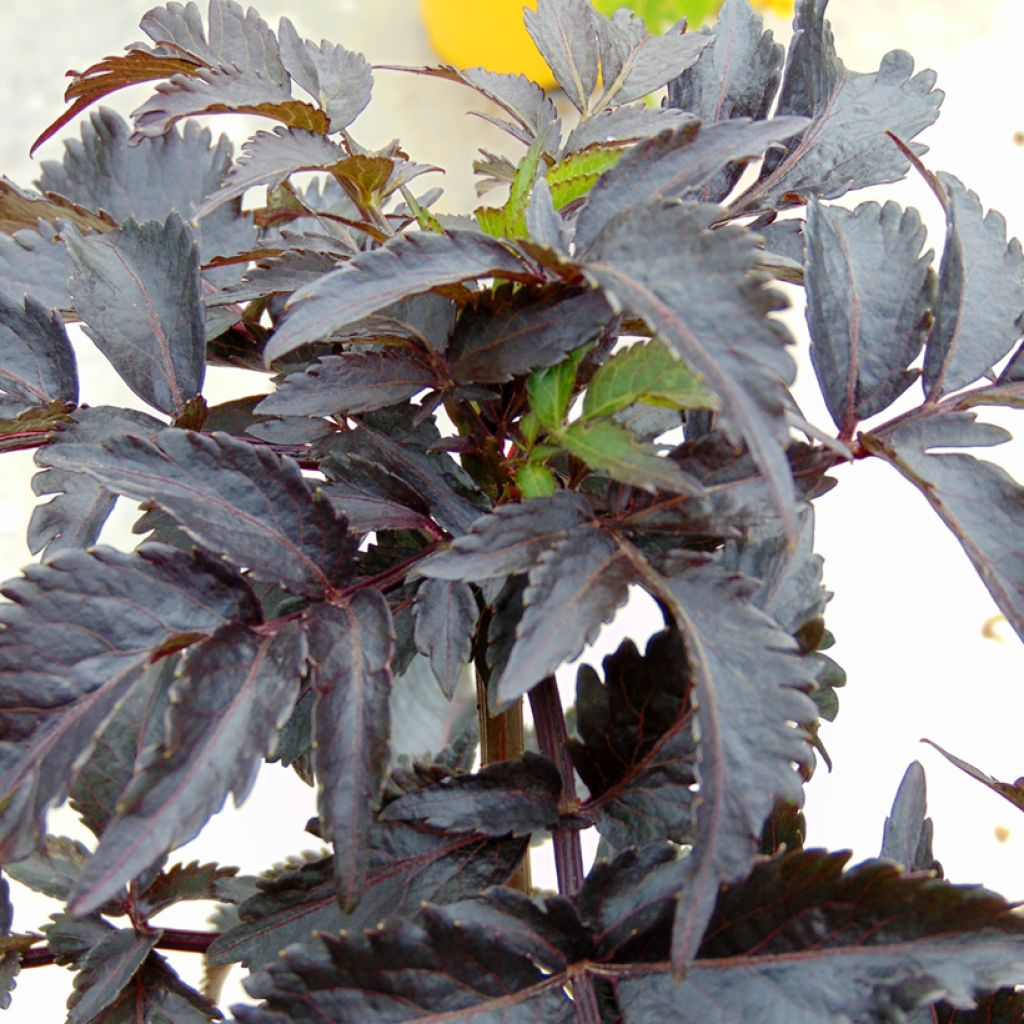

Sambucus nigra Black Tower - Black Elder
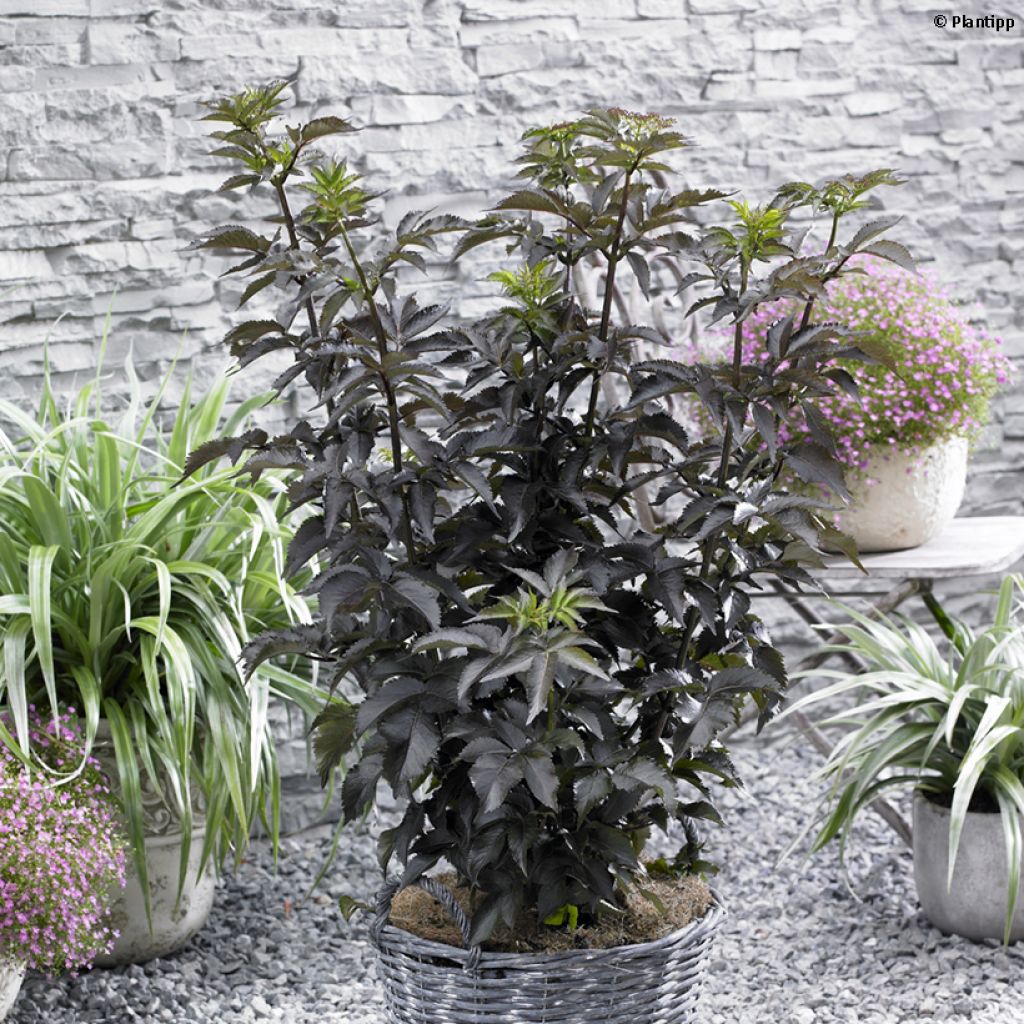

Sambucus nigra Black Tower - Black Elder
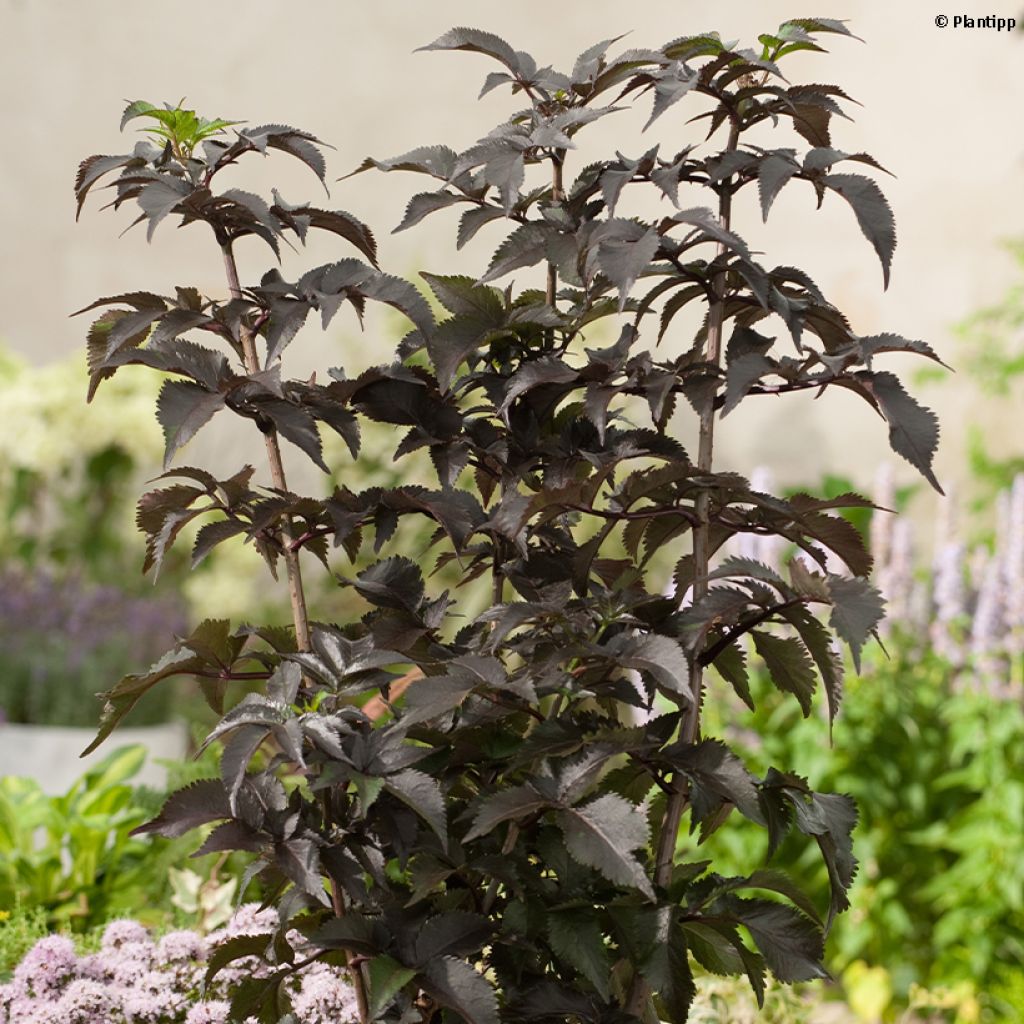

Sambucus nigra Black Tower - Black Elder
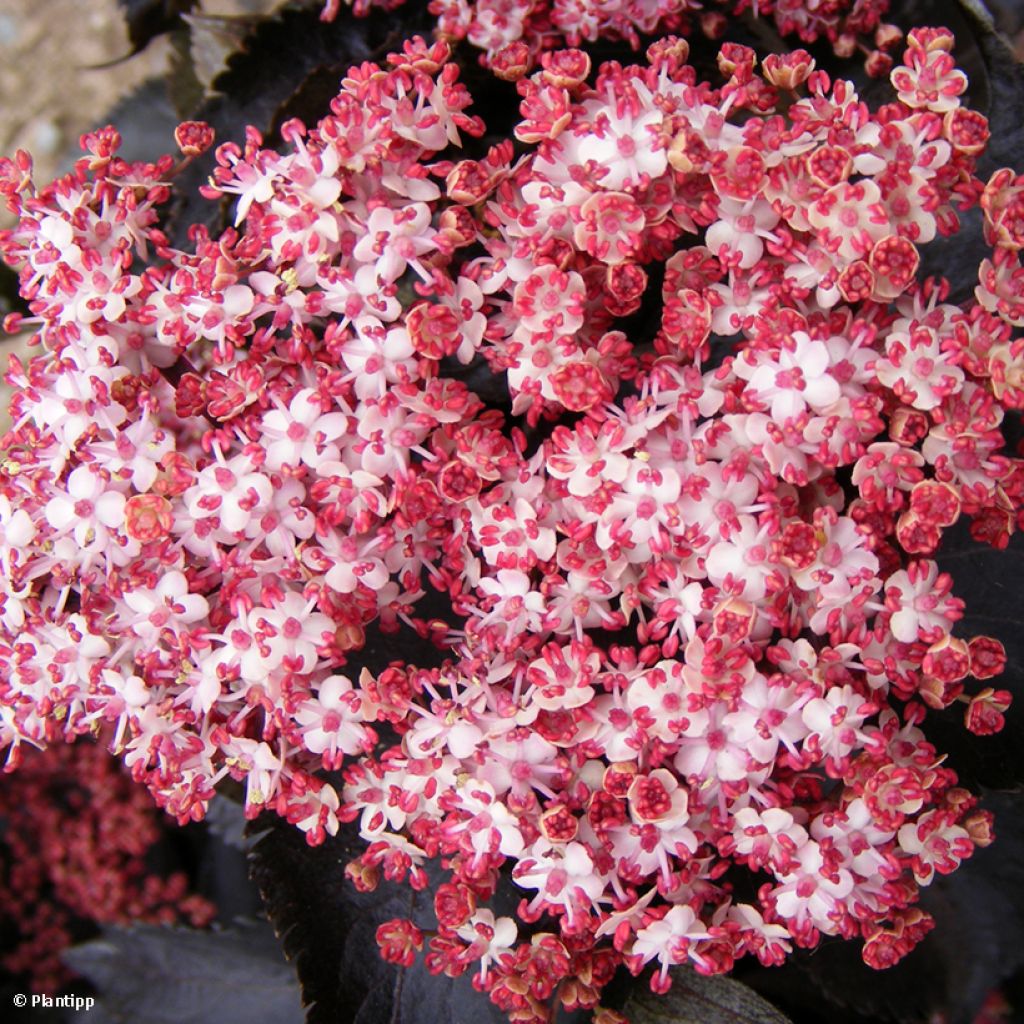

Sambucus nigra Black Tower - Black Elder
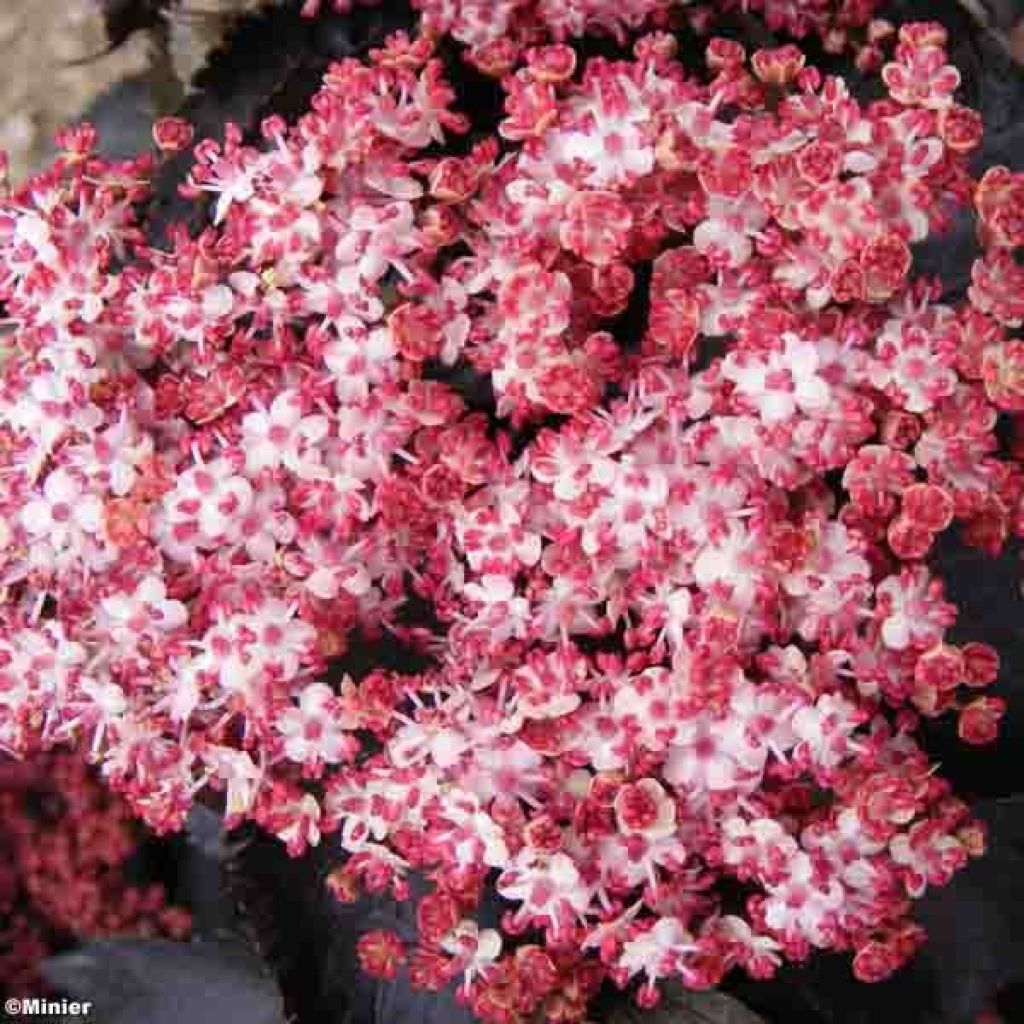

Sambucus nigra Black Tower - Black Elder
View more pictures
Hide images
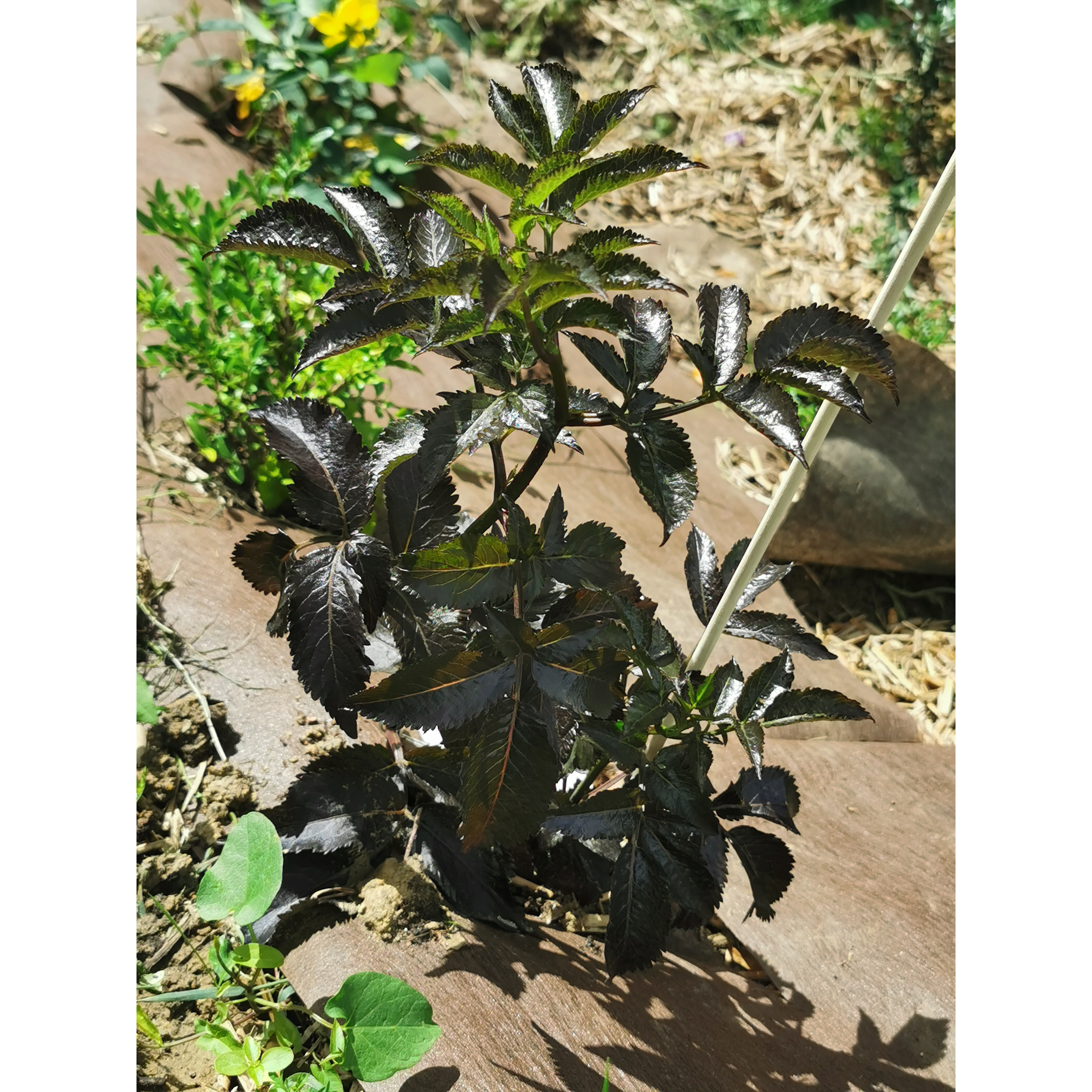
Emilie S.

Plant just after planting.
Emilie S. • BE
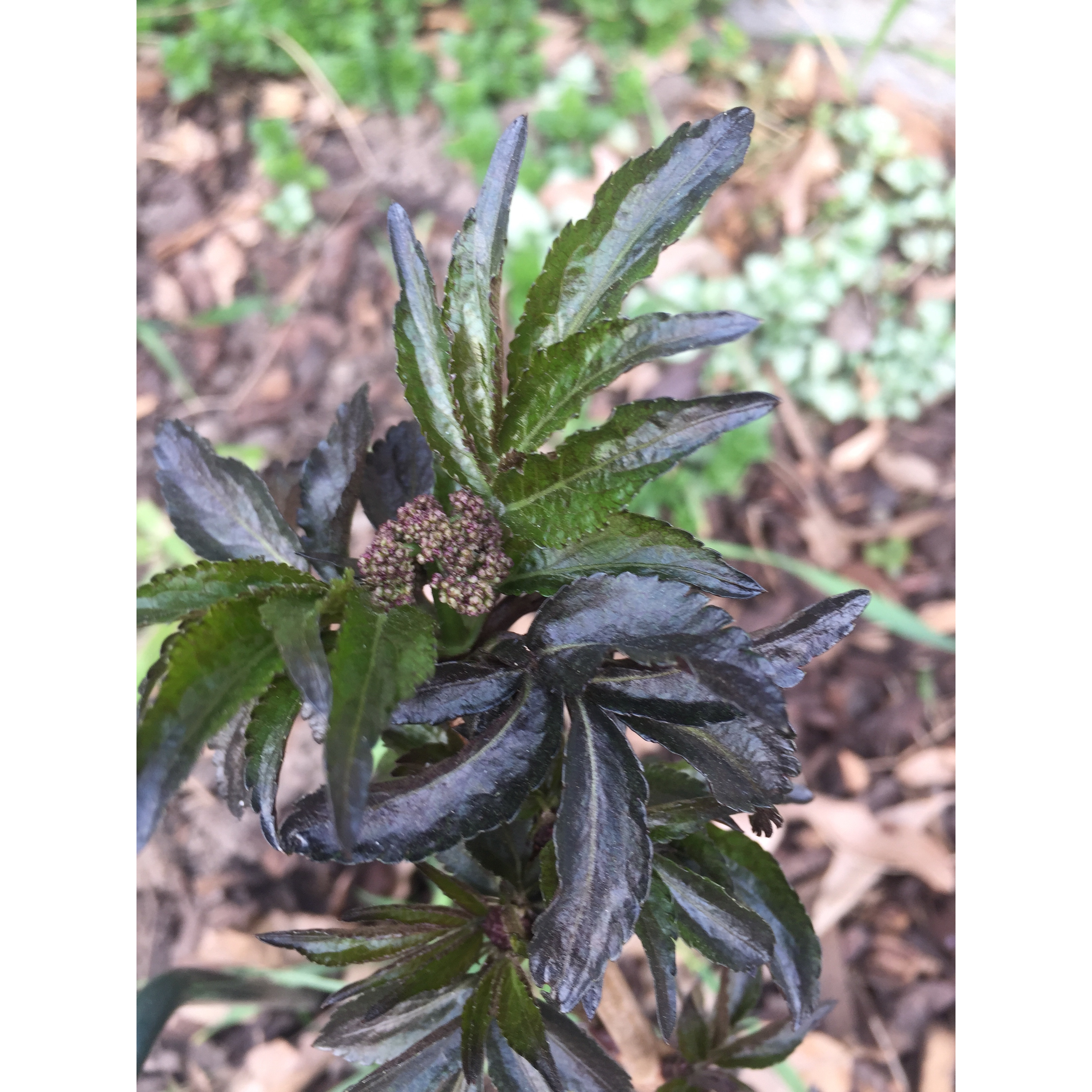
Jennifer T.

Beautiful dark leaves and flowers coming through.
Jennifer T. • 67 FR
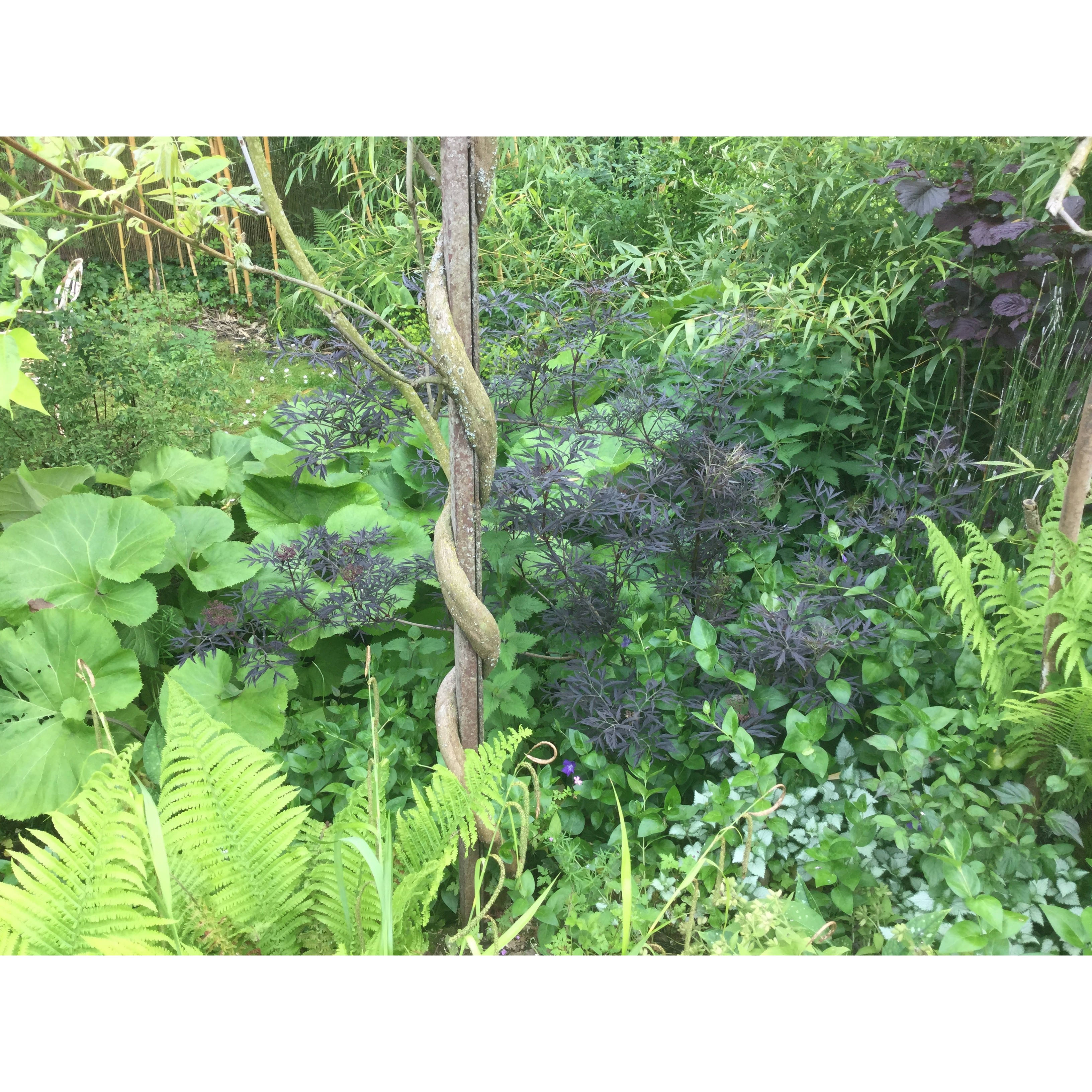
Claire F.

Black elderberry and butterbur close-up
Claire F. • 02 FR
Sambucus nigra Black Tower - Black Elder
Sambucus nigra Black Tower
European Elder, Black Elder, Elder, Elderberry, European Elderberry, European black Elderberry
Hello, You always have the same packaging. I bought a more expensive plant, expecting it to be larger, but it was pointless as upon arrival, all the branches had been pruned back by 15 good centimetres, with branches even sticking out of its box upon arrival. I paid more for nothing.
Marie, 04/12/2024
Special offer!
Receive a €20 voucher for any order over €90 (excluding delivery costs, credit notes, and plastic-free options)!
1- Add your favorite plants to your cart.
2- Once you have reached €90, confirm your order (you can even choose the delivery date!).
3- As soon as your order is shipped, you will receive an email containing your voucher code, valid for 3 months (90 days).
Your voucher is unique and can only be used once, for any order with a minimum value of €20, excluding delivery costs.
Can be combined with other current offers, non-divisible and non-refundable.
Home or relay delivery (depending on size and destination)
Schedule delivery date,
and select date in basket
This plant carries a 24 months recovery warranty
More information
We guarantee the quality of our plants for a full growing cycle, and will replace at our expense any plant that fails to recover under normal climatic and planting conditions.
Would this plant suit my garden?
Set up your Plantfit profile →
Description
Sambucus nigra 'Black Tower' is a rather extraordinary selection of black elderberry that combines an elegant habit, dark and glossy foliage, almost blackish purple in colour, and a spring flowering in shades of pink to white, absolutely delightful. In addition to its obvious ornamental qualities, this beautiful deciduous shrub is very accommodating and highly robust. A magnificent columnar plant, to be showcased in isolation, in a large shrub border, or in a flowering hedge.
Sambucus nigra 'Black Tower' belongs to the Caprifoliaceae family, just like honeysuckles. It is a horticultural creation from East Malling Research Station (GB) dating back to 2011. This shrub is derived from Sambucus nigra, a wild species widespread in Europe, North Africa, and up to Asia Minor. This 'Black Tower' elderberry has an upright, narrow, and columnar habit, supported by flexible branches. At the age of 4, it reaches about 2m (6ft 7in) in height and 1m (3ft 4in) in width. Ultimately, it can grow up to 4m (13ft 1in) in height and spread over 2m (6ft 7in) in width. Its rapid growth allows it to reach maturity around the age of 7. Its foliage is splendid; the leaves are divided into elongated leaflets with serrated edges, slightly glossy on the upper surface. They are purple in spring, quickly turning almost black, and then slightly greenish in summer. The flowering usually occurs in May (or slightly later depending on the climate). It takes the form of false umbels measuring 10 to 20cm (7.9in) in width. The small, lightly scented flowers, with 5 petals, are carried by reddish petioles. Their colour changes from dark pink to pink and then to creamy white. After pollination by insects, clusters of small, shiny, almost blackish purple berries appear. These berries are highly sought after by certain birds, but they are not edible raw for humans.
The 'Black Tower' elderberry seduces with the elegance of its habit and the range of colours it offers to the garden. Its singular appearance makes it a good choice for contemporary gardens, to which it brings a touch of Japan, with its slight resemblance to Japanese maple. Its verticality allows for variation and structuring of shrub borders. In the garden, black pairs well with grey or yellow foliage as well as with white, pink, or red flowers. For example, it can be associated with Buddleia alternifolia, which forms a magnificent flowering fountain, and Elaeagnus 'Zemplin', with its silvery foliage; the contrast of shapes and colours will be interesting. Create a beautiful scene in harmonious colours with Lagerstroemia 'Black Solitaire' and a large pink, red, or purple rose bush. Like all elderberries, it is hardy and easy to grow in ordinary, not too dry soil. Plant it prominently, preferably in the foreground, or near an entrance or along a path.
In the kitchen: the flowers can be prepared as fritters or syrup by macerating them in sugar. The flower buds in vinegar are used to enhance salads, and the berries are consumed as juice, jellies or preserves, or in wine. They pleasantly flavour apple cakes. Only the flowers and berries without their petioles are edible; the rest of the plant can be toxic.
In the garden: elderberry leaves are known to speed up compost decomposition. Black elderberry leaf infusion is useful in organic gardening to combat mildew and aphid attacks, or rodent infestations: macerate 1kg of leaves in 10L of water for a few days and spray as needed. It can also be planted in an orchard, where it attracts insect-eating birds.
Sambucus nigra Black Tower - Black Elder in pictures
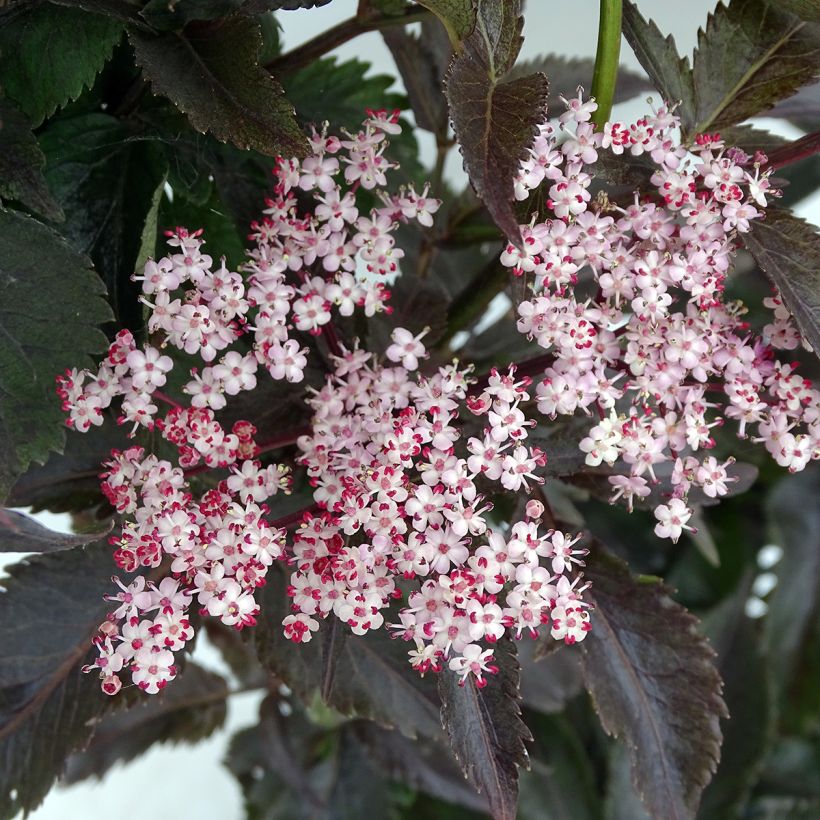

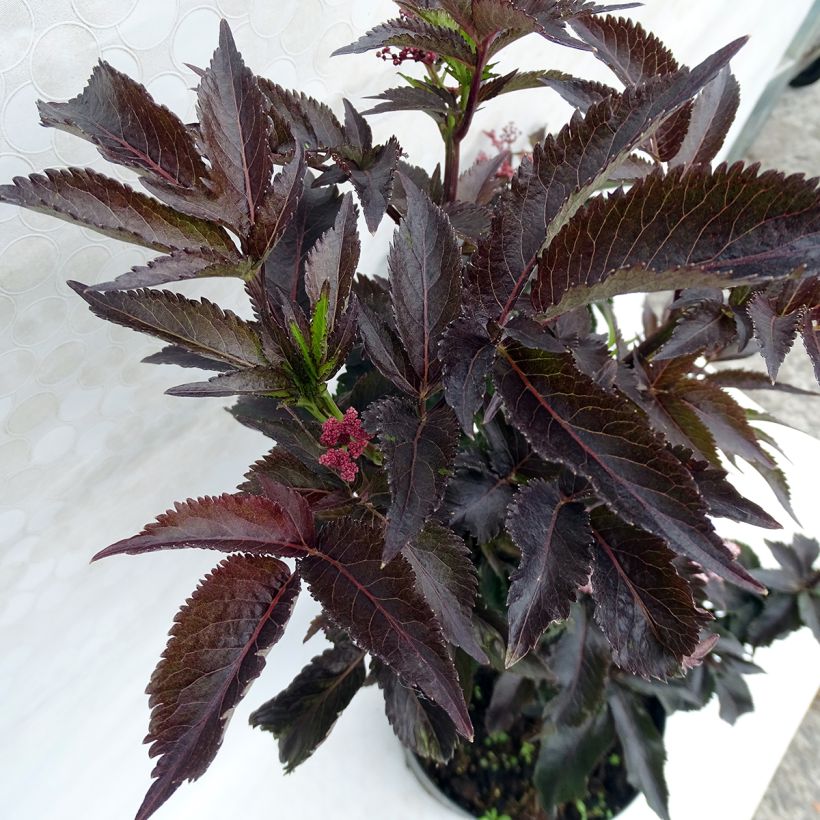

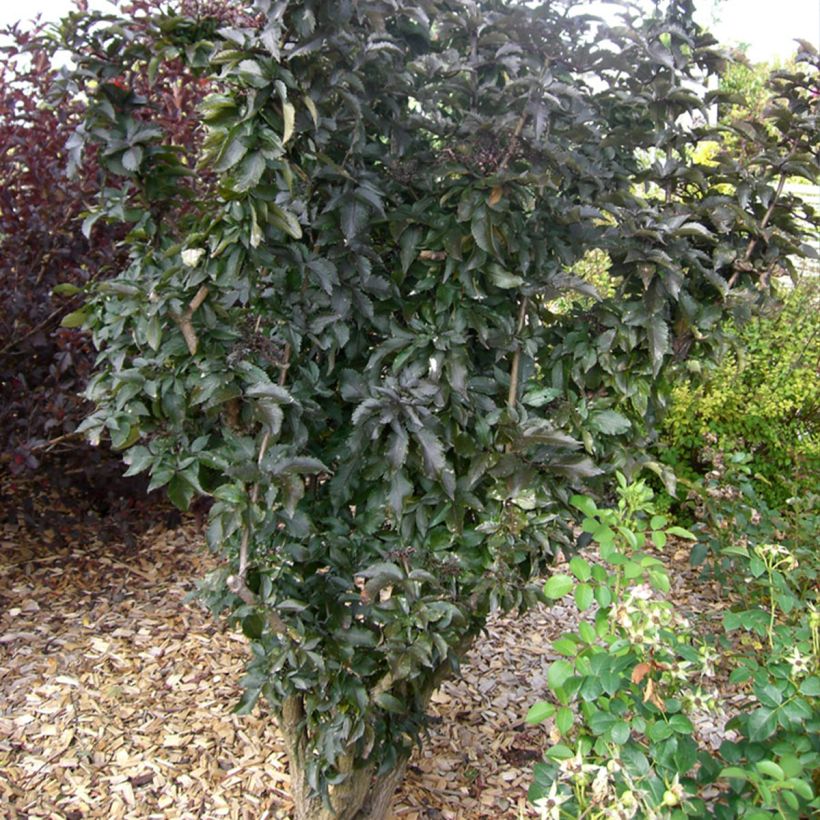

Plant habit
Flowering
Foliage
Botanical data
Sambucus
nigra
Black Tower
Caprifoliaceae
European Elder, Black Elder, Elder, Elderberry, European Elderberry, European black Elderberry
Cultivar or hybrid
Other Sambucus - Elder tree
View all →Planting and care
Easy to grow, hardy, and low-maintenance, the Sambucus nigra 'Black Tower' bush requires little care. Plant it in a sunny or semi-shaded location. Dig a generous planting hole, at least 2 times deeper and wider than the pot in which your elderberry is grown. At planting, use a mix of half compost and half garden soil. However, place a bit of drainage (gravel) at the bottom of the planting hole, as you would for all your bushes, especially in heavy and compacted clay soils. Water regularly to promote establishment. Mulch in summer if it's very dry to conserve water. Once well-rooted, this bush will generally do without waterings in summer, after two to three years of cultivation. When pruning, do not remove all the old branches, as they are the ones that bear the flowers.
Planting period
Intended location
Care
Planting & care advice
-
, onOrder confirmed
Reply from on Promesse de fleurs
Similar products
Haven't found what you were looking for?
Hardiness is the lowest winter temperature a plant can endure without suffering serious damage or even dying. However, hardiness is affected by location (a sheltered area, such as a patio), protection (winter cover) and soil type (hardiness is improved by well-drained soil).

Photo Sharing Terms & Conditions
In order to encourage gardeners to interact and share their experiences, Promesse de fleurs offers various media enabling content to be uploaded onto its Site - in particular via the ‘Photo sharing’ module.
The User agrees to refrain from:
- Posting any content that is illegal, prejudicial, insulting, racist, inciteful to hatred, revisionist, contrary to public decency, that infringes on privacy or on the privacy rights of third parties, in particular the publicity rights of persons and goods, intellectual property rights, or the right to privacy.
- Submitting content on behalf of a third party;
- Impersonate the identity of a third party and/or publish any personal information about a third party;
In general, the User undertakes to refrain from any unethical behaviour.
All Content (in particular text, comments, files, images, photos, videos, creative works, etc.), which may be subject to property or intellectual property rights, image or other private rights, shall remain the property of the User, subject to the limited rights granted by the terms of the licence granted by Promesse de fleurs as stated below. Users are at liberty to publish or not to publish such Content on the Site, notably via the ‘Photo Sharing’ facility, and accept that this Content shall be made public and freely accessible, notably on the Internet.
Users further acknowledge, undertake to have ,and guarantee that they hold all necessary rights and permissions to publish such material on the Site, in particular with regard to the legislation in force pertaining to any privacy, property, intellectual property, image, or contractual rights, or rights of any other nature. By publishing such Content on the Site, Users acknowledge accepting full liability as publishers of the Content within the meaning of the law, and grant Promesse de fleurs, free of charge, an inclusive, worldwide licence for the said Content for the entire duration of its publication, including all reproduction, representation, up/downloading, displaying, performing, transmission, and storage rights.
Users also grant permission for their name to be linked to the Content and accept that this link may not always be made available.
By engaging in posting material, Users consent to their Content becoming automatically accessible on the Internet, in particular on other sites and/or blogs and/or web pages of the Promesse de fleurs site, including in particular social pages and the Promesse de fleurs catalogue.
Users may secure the removal of entrusted content free of charge by issuing a simple request via our contact form.
The flowering period indicated on our website applies to countries and regions located in USDA zone 8 (France, the United Kingdom, Ireland, the Netherlands, etc.)
It will vary according to where you live:
- In zones 9 to 10 (Italy, Spain, Greece, etc.), flowering will occur about 2 to 4 weeks earlier.
- In zones 6 to 7 (Germany, Poland, Slovenia, and lower mountainous regions), flowering will be delayed by 2 to 3 weeks.
- In zone 5 (Central Europe, Scandinavia), blooming will be delayed by 3 to 5 weeks.
In temperate climates, pruning of spring-flowering shrubs (forsythia, spireas, etc.) should be done just after flowering.
Pruning of summer-flowering shrubs (Indian Lilac, Perovskia, etc.) can be done in winter or spring.
In cold regions as well as with frost-sensitive plants, avoid pruning too early when severe frosts may still occur.
The planting period indicated on our website applies to countries and regions located in USDA zone 8 (France, United Kingdom, Ireland, Netherlands).
It will vary according to where you live:
- In Mediterranean zones (Marseille, Madrid, Milan, etc.), autumn and winter are the best planting periods.
- In continental zones (Strasbourg, Munich, Vienna, etc.), delay planting by 2 to 3 weeks in spring and bring it forward by 2 to 4 weeks in autumn.
- In mountainous regions (the Alps, Pyrenees, Carpathians, etc.), it is best to plant in late spring (May-June) or late summer (August-September).
The harvesting period indicated on our website applies to countries and regions in USDA zone 8 (France, England, Ireland, the Netherlands).
In colder areas (Scandinavia, Poland, Austria...) fruit and vegetable harvests are likely to be delayed by 3-4 weeks.
In warmer areas (Italy, Spain, Greece, etc.), harvesting will probably take place earlier, depending on weather conditions.
The sowing periods indicated on our website apply to countries and regions within USDA Zone 8 (France, UK, Ireland, Netherlands).
In colder areas (Scandinavia, Poland, Austria...), delay any outdoor sowing by 3-4 weeks, or sow under glass.
In warmer climes (Italy, Spain, Greece, etc.), bring outdoor sowing forward by a few weeks.































